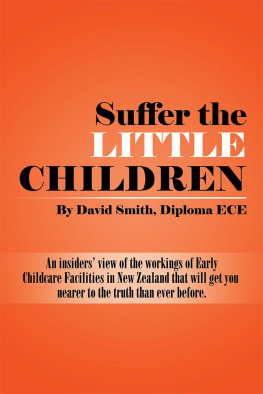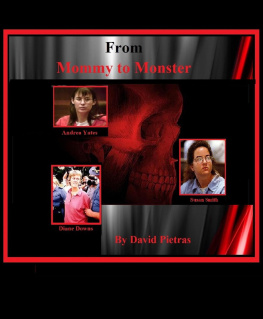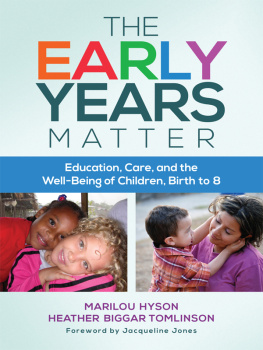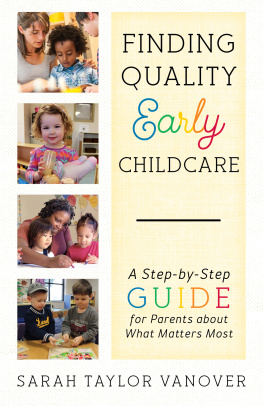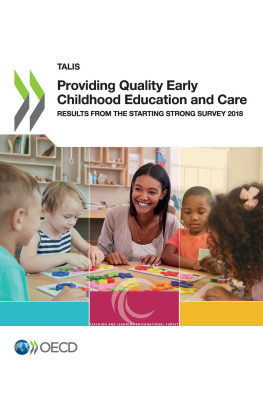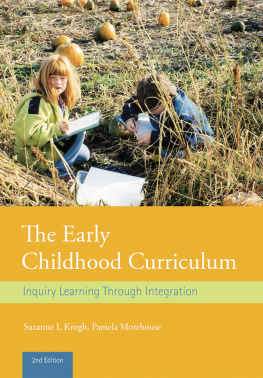Suffer the
LITTLE
CHILDREN
An insiders view of the workings of Early
Childcare Facilities in New Zealand that will
get you nearer to the truth than ever before.
David Smith, Diploma ECE
Copyright 2014 by David Smith, Diploma ECE.
Library of Congress Control Number: | 2014917383 |
ISBN: | Hardcover | 978-1-4931-9251-9 |
Softcover | 978-1-4931-9249-6 |
eBook | 978-1-4931-9250-2 |
All rights reserved. No part of this book may be reproduced or transmitted in any form or by any means, electronic or mechanical, including photocopying, recording, or by any information storage and retrieval system, without permission in writing from the copyright owner.
Any people depicted in stock imagery provided by Thinkstock are models, and such images are being used for illustrative purposes only.
Certain stock imagery Thinkstock.
Rev. date: 08/12/2016
Xlibris
800-443-678
www.Xlibris.co.nz
616771
CONTENTS
The Dominion Post , Wellington, NZ for all the interesting and informative articles that I have read over the years that indirectly and directly influenced this book. To all their writing staff who have contributed articles over the y ears.
The Hutt News , Lower Hutt, NZ for all the articles they have had on childcare over the years. To all their writing staff who contributed articles over the y ears.
Ministry of Education, NZ for statistics and helpful information gained from their web site.
Stuff.co.nz for all those informative, useful articles on their web site.
Fairfax Media for the articles I have already acknowledged, plus any other articles I referred to in passing that I did not specifically quote but that could be seen to link to Fairfax Media or the people who wrote them.
Google as my preferred search engine when looking for information on the Inte rnet.
To researchers in Early Childhood Education for knowledge I have gained in the past that has shaped some of the opinions I have expressed in this book, and for their ongoing research that has and is helping us in the decisions we make around childrens lear ning.
Xlibris and all the team for providing the services I needed for this book to become a rea lity.
A special thanks to Jennifer Romero in Australia who listened to my thoughts and read most of the chapters and gave helpful feed back.
This book, first and foremost, is intended for anyone who is interested in finding out what life is really like for those children who attend childcare facilities in New Zealand and for the teachers who care for them. It is about all the issues, both good and bad, that children and teachers face on a daily b asis.
It covers the logistics involved in running the different types of childcare facilities from full day-care facilities to part-time, sessional facilities and kindergartens. It looks at community-based care and the privately owned facilities that are either stand-alone or part of larger chains of childcare facili ties.
The book is based on my experience over thirty years as an early childcare teacher with experience working full-time, part-time, and as a relief teacher, both short-term and long-term. It covers real events that I experienced over those thirty years and anecdotal evidence of my interactions with children, teachers, managers, parents, as well as other people associated with the early childhood sector in New Zea land.
I have also given some background information about myself and the early childhood sector as a whole and the general rules and regulations that govern what can or should happen on a daily b asis.
I have tried to make the language as simple and straightforward as possible so that even if you have never stepped foot inside an early childhood facility here in New Zealand, or anywhere else for that matter, you will be able to immediately start to get a feeling for and an understanding of what it might be like for the children, teachers, managers, owners, people in the various agencies that minister to and are responsible for the overseeing of the early childhood sector here in New Zealand. I hope you will get a feel too for the issues that parents face when they place their children in the variety of different care facilities available here in New Zealand, which I am sure are very much the same as those parents around the world face regarding care for their chil dren.
This book is also about making parents aware of the choices that are available for them regarding care of their children here in New Zealand, which may be slightly different than the choices for parents in other parts of the world. Alongside the choices, I have tried to give an honest and not-too-biased view of the pros and cons involved. I talk about amount of play space for children, types of buildings and their general layout, the number of teaching staff available, what resources are available, the different values taught to children, the different types of programmes available to children, and the resources available for children and teaching s taff.
I also talk about the difference between private- and community-based care. Here, while I try to be fair, the reader will see my personal opinion on for-profit facilities in general, and in particular, the facilities that have been set up here in New Zealand with profit as the motivating factor. I have backed up my opinion regarding these types of facilities with my personal experiences while working in facilities that have been part of a chain of facilities, plus a realistic comparison on where children fit in the scheme of things in profit versus non-pr ofit.
I have also included some useful, if slightly controversial feedback on the political climate in New Zealand insofar as it affects children who are in childcare and children in general. Though I have tried to keep them to a minimum as I am passionate enough to write this book, I have some equally passionate views on the subject of childcare in New Zea land.
You will not find a lot of statistics regarding childcare in New Zealand. These can be found on numerous websites, in countless books, in newspapers and magazines, as well as being given in documentaries on childcare. While these are important and can be helpful, some are contradictory and confusing. They can also be manipulated to mislead or persuade you on a particular point of view.
Statistics by themselves will not always be able to give the lay person an understanding of what they mean to them personally, which means that they will not necessarily help in making decisions on the care of your children, given that there are people who have a vested interest in you placing your child in their particular childcare facility. Not the least of these is the fact that they depend on you in part to be a going concern financially, and if they are set up to make profit, then that will be their main motivation for you to place your child with them. I do challenge you to do some research of your own and not rely on just what I am saying throughout this book. At times there will be hints about websites and specific acknowledgements regarding information I have s ited.
Another reason I have not included too may statistics in this book is that they can quickly be outdated, changed, or proven wrong, whereas the actual logistics involved plus personal experience of someone like myself over thirty years in such a variety and number of different childcare facilities will make this book relevant for years to come.
I have endeavoured to give the reader some idea of what the future may hold for the care of children in New Zealandparticularly what pre-school children might be like in the future and the implications for parents and their ability to make decisions. I have used the current situation and trends that are clearly discernable to come up with what I feel is something that you might not find too palat able.
Next page
